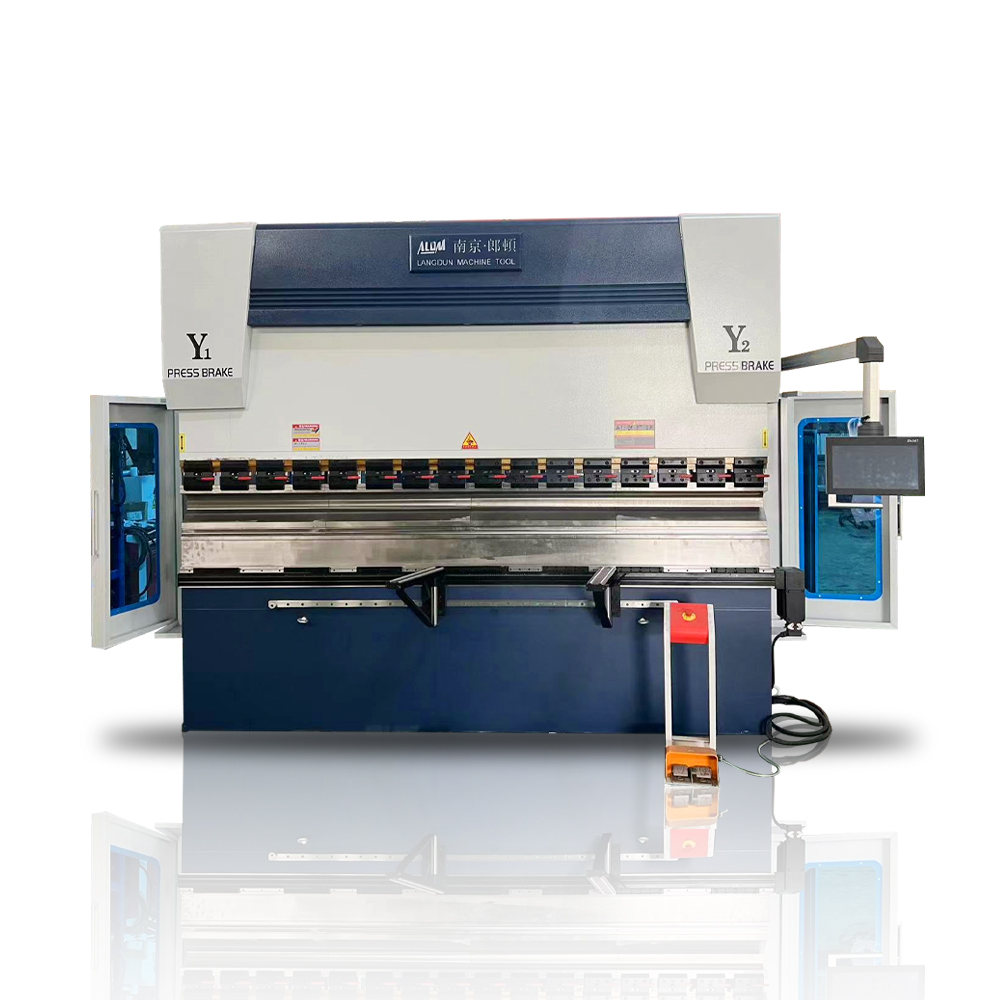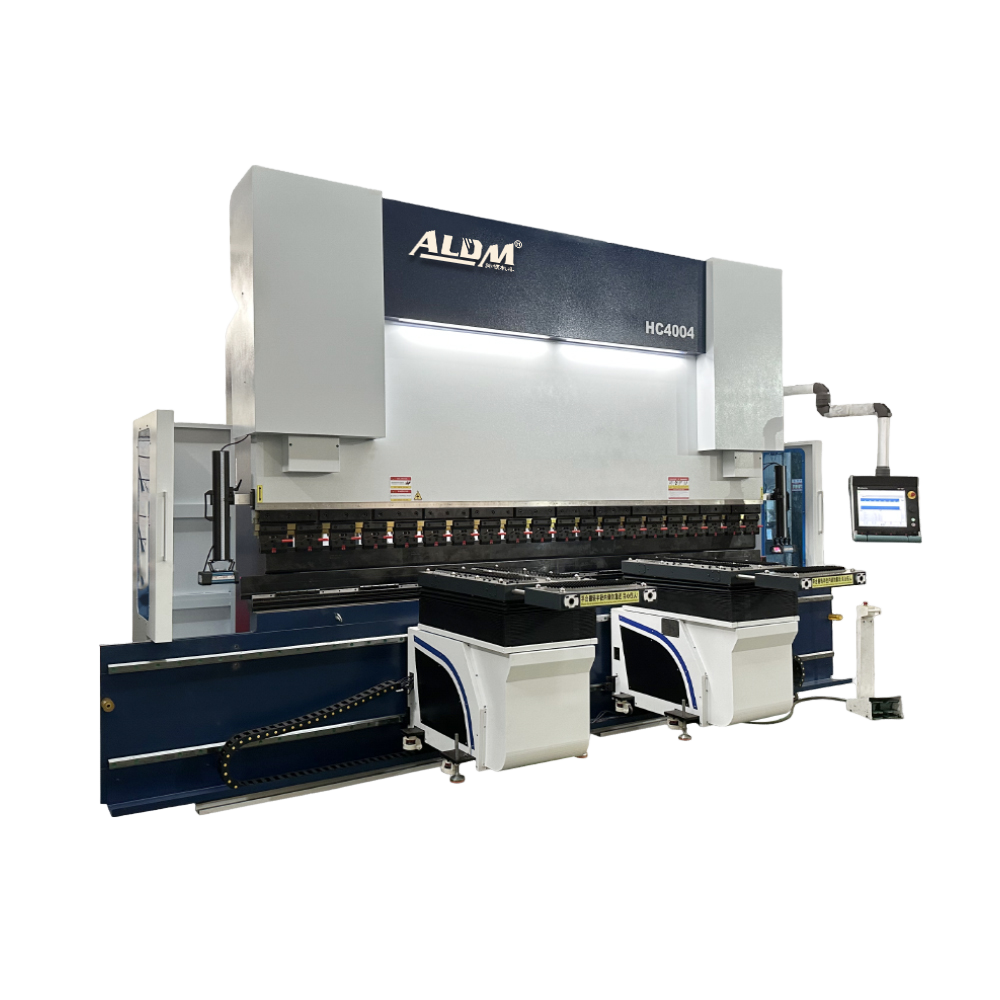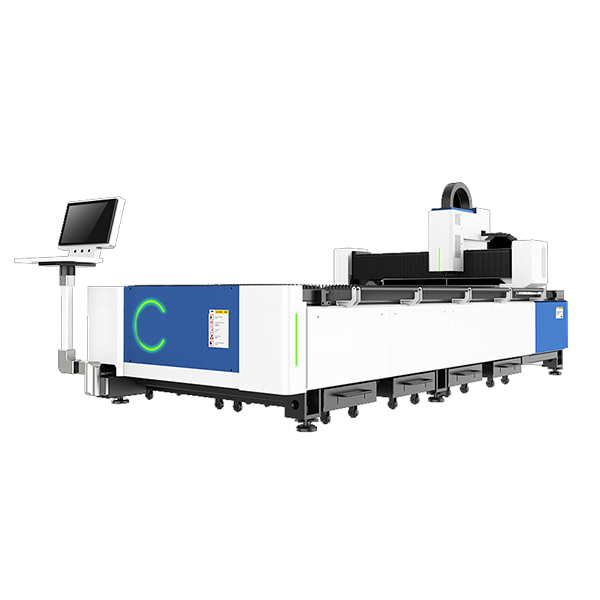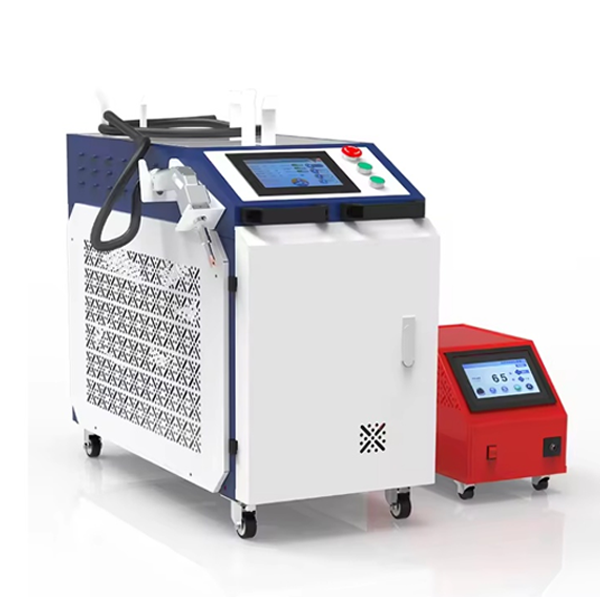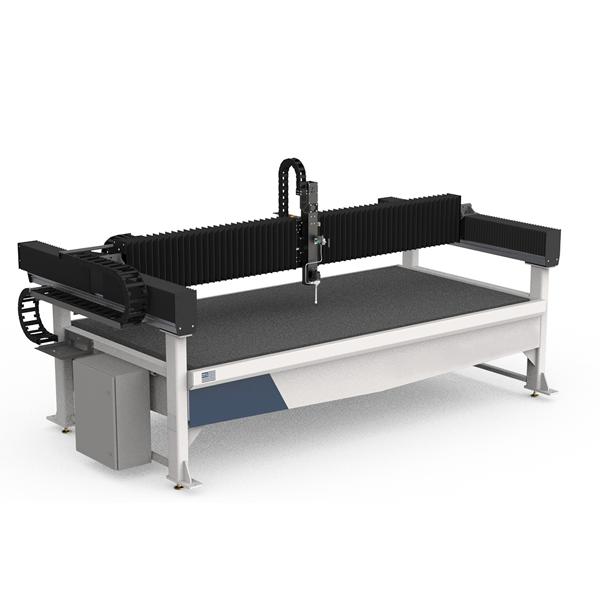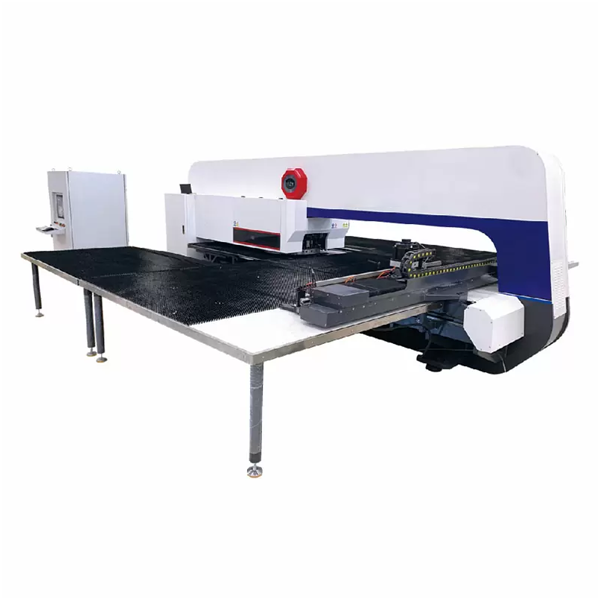In the vast landscape of traditional manufacturing, press brakes have long been a cornerstone of metal processing, renowned for their reliable mechanical performance and precision craftsmanship, playing a pivotal role in the rhythmic cadence of industrial production on the shop floor. However, with the rapid advancement of technology and intensifying market competition, press brakes now face unprecedented challenges and opportunities. A transformative journey from the shop floor to the cloud has already begun.
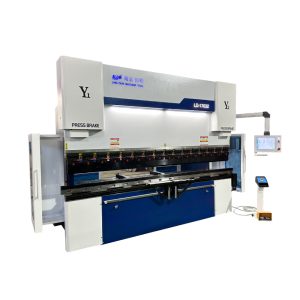
The Shop Floor Dilemma of Traditional Press Brakes
In traditional workshops, press brakes operate like solitary craftsmen, quietly completing each bending task. Operators rely on their extensive experience and skilled expertise to adjust parameters and monitor progress alongside the machines. However, this traditional operational model has numerous drawbacks.
In terms of production efficiency, manual operation makes it difficult to achieve continuous and efficient production. Each bending task requires operators to manually input parameters, start the machine, and frequently check and adjust settings during production. This not only consumes a significant amount of time and effort but also increases the risk of human error, leading to extended production cycles and delayed order deliveries.
In terms of quality control, traditional press brakes lack effective real-time monitoring and feedback mechanisms. The bending accuracy and quality of products often depend on the experience and responsibility of operators. Once improper operation or equipment malfunctions occur, it is difficult to detect and correct them in a timely manner, leading to a large number of defective products and increasing production costs.
Data management is another major challenge in traditional workshops. Production data from press brakes, such as production volume, bending angle, and processing time, is mostly stored in paper records or simple spreadsheets, making it difficult to conduct in-depth analysis and data mining. Companies cannot promptly understand the operational status and production efficiency of equipment, nor can they adjust production strategies in a timely manner based on market demand and customer feedback.
The Dawn of Digital Transformation: Technology Adoption
With the rapid development of information technology, the bending machine industry has begun to actively explore the path of digital transformation. The introduction of emerging technologies such as sensor technology, IoT technology, and big data analysis has made the intelligent upgrading of press brakes possible.
Sensors act as the ‘nerve endings’ of press brakes, enabling real-time monitoring of equipment operational status and production parameters. By installing various sensors, such as pressure sensors, displacement sensors, and angle sensors, at critical points on the bending machine, precise data on pressure, displacement, and angle during the bending process can be obtained and transmitted in real time to the control system.
IoT technology bridges the gap between press brakes and the cloud. With IoT modules, press brakes can connect to a company’s internal network or even the internet, enabling remote data transmission and sharing. Operators and managers can use mobile phones, computers, and other devices to view the machine’s operational status and production data anytime, anywhere, enabling remote monitoring and management of the equipment.
Big data analysis technology provides strong support for the optimisation and improvement of press brakes. By analysing and mining large amounts of production data, companies can identify potential issues and areas for improvement in the production process, such as adjusting bending parameters to enhance product quality and production efficiency, predicting equipment failures and conducting timely maintenance, thereby reducing production costs and enhancing the company’s competitiveness.
Cloud-enabled: The intelligent upgrade of Press Brakes
When press brakes move to the cloud, a revolution in intelligent upgrading begins. Cloud platforms provide press brakes with powerful computing capabilities and storage space, enabling devices to perform more complex functions and intelligent applications.
In production management, cloud platforms can achieve intelligent scheduling of production plans. By integrating with enterprise resource planning (ERP) systems and manufacturing execution systems (MES), cloud platforms can automatically generate optimal production plans based on factors such as order requirements, equipment status, and raw material inventory, and assign tasks to specific press brakes. At the same time, the cloud platform can track production progress in real time, adjust production plans in a timely manner, and ensure that orders are delivered on time.
In terms of quality control, the cloud platform can establish a product quality traceability system. By recording and analysing the production data of each product, the cloud platform can achieve full traceability of product quality. Once a quality issue is detected, the enterprise can quickly locate the problem area, take corresponding measures to rectify it, and prevent similar issues from occurring again.
In terms of equipment maintenance, the cloud platform can implement predictive maintenance for equipment. By monitoring and analysing equipment operation data in real time, the cloud platform can predict potential equipment failures and issue early warning information. Companies can arrange maintenance personnel to inspect and maintain equipment based on the warning information, avoiding production interruptions caused by sudden equipment failures and improving equipment reliability and service life.
Challenges and Responses to Digital Transformation
However, the path to digital transformation for press brakes is not smooth sailing, and companies face numerous challenges in advancing digital transformation.
A shortage of technical talent is one of the key factors constraining digital transformation. Digital transformation requires composite talent who understand both mechanical manufacturing and information technology, but such talent is currently scarce in the market. Companies can strengthen cooperation with universities and research institutions to cultivate and recruit talent, while also enhancing training for existing employees to improve their technical skills and digital literacy.
Data security issues are also a key concern for companies. As press brakes become increasingly connected to the cloud, companies’ production data faces the risk of leakage and attacks. Companies need to strengthen data security management, establish a comprehensive data security protection system, and adopt encryption technology, access control technology, and other measures to ensure the security and confidentiality of data.
In addition, digital transformation requires companies to invest a lot of money and resources. From equipment upgrades to software system development and deployment, companies need to make a lot of investments. Companies can develop reasonable digital transformation plans, promote digital transformation in stages and steps, and actively seek government policy support and financial assistance to reduce the costs and risks of digital transformation.
Looking ahead: the new digital ecosystem for press brakes
Looking ahead, the digital transformation of press brakes will move towards greater intelligence, networking, and collaboration. With the continuous maturation and application of technologies such as artificial intelligence and 5G, press brakes will possess stronger autonomous learning and decision-making capabilities, enabling more precise and efficient production.
Under the impetus of industrial internet, press brakes will establish closer connections and collaboration with other production equipment, supply chain systems, and customers. Companies can build a digitalised and intelligent production ecosystem to optimise resource allocation and achieve collaborative sharing, thereby enhancing the efficiency and competitiveness of the entire industrial chain.
From the workshop to the cloud, the digital transformation of press brakes represents a profound transformation. It not only changes the production methods and management models of press brakes but also provides valuable insights for the transformation and upgrading of traditional manufacturing industries. On this path filled with challenges and opportunities, companies must dare to innovate, actively experiment, and continuously explore a digital transformation path suited to their own development to remain competitive in the fierce market and embrace the bright future of manufacturing.
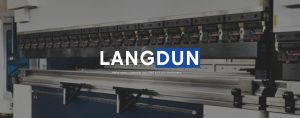
Feel free to follow us on our official Youtube!
Post time: 6 月-06-2025





